The original through-wall coffee can radar
In summer 2006 via an AFOSR sponsorship, we developed and demonstrated a through-wall microwatt radar that detected humans for less than $35. Using coffee can antennas and hand-built circuit boards with COTS transistors, The FMCW radar swept 1.6GHz-2.0GHz and was useful for detecting the radial distance to humans through walls.
- coffee can radar code
- Sept 30 2006 coffee can radar poster
- URSI 2007 coffee can radar presentation
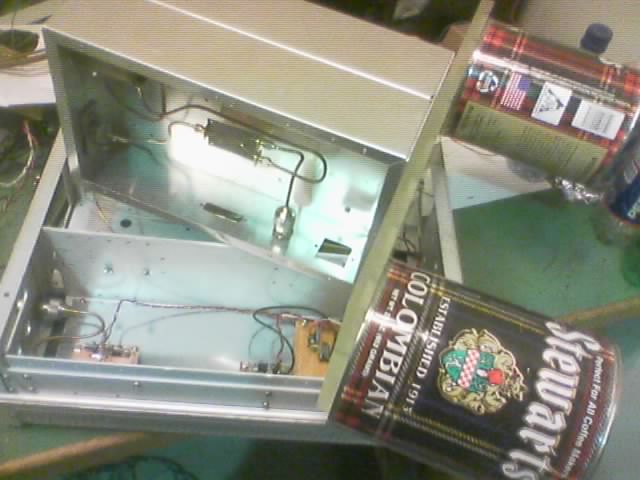
Overhead view of original Coffee Can Radar.
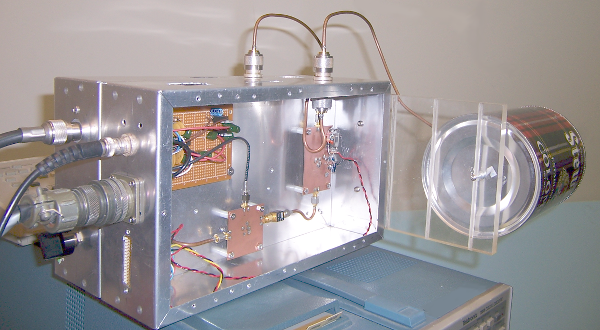
Internal view of the first coffee can radar.

Internal view of the first coffee can radar.
We developed a much more robust version of this system with Vivaldi antennas. The final result was a GUI with MTI (moving target indicator) sensitive to slight human motion.
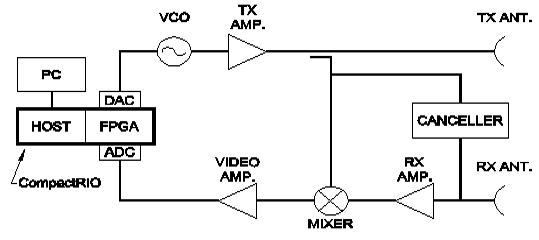
Through-wall microwatt radar with motion detection block diagram.
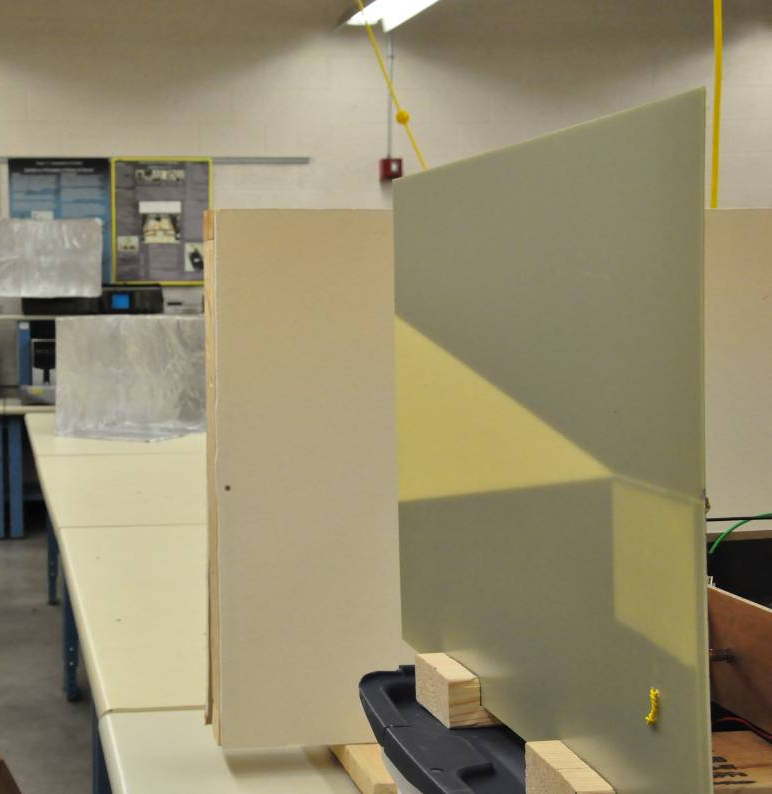
Linear Taper Slot Antenna enabling multi-octave RF chirp bandwidth.
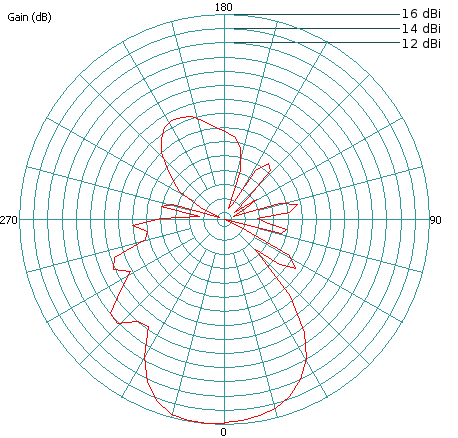
LTSA antenna pattern measured in compact antenna range.
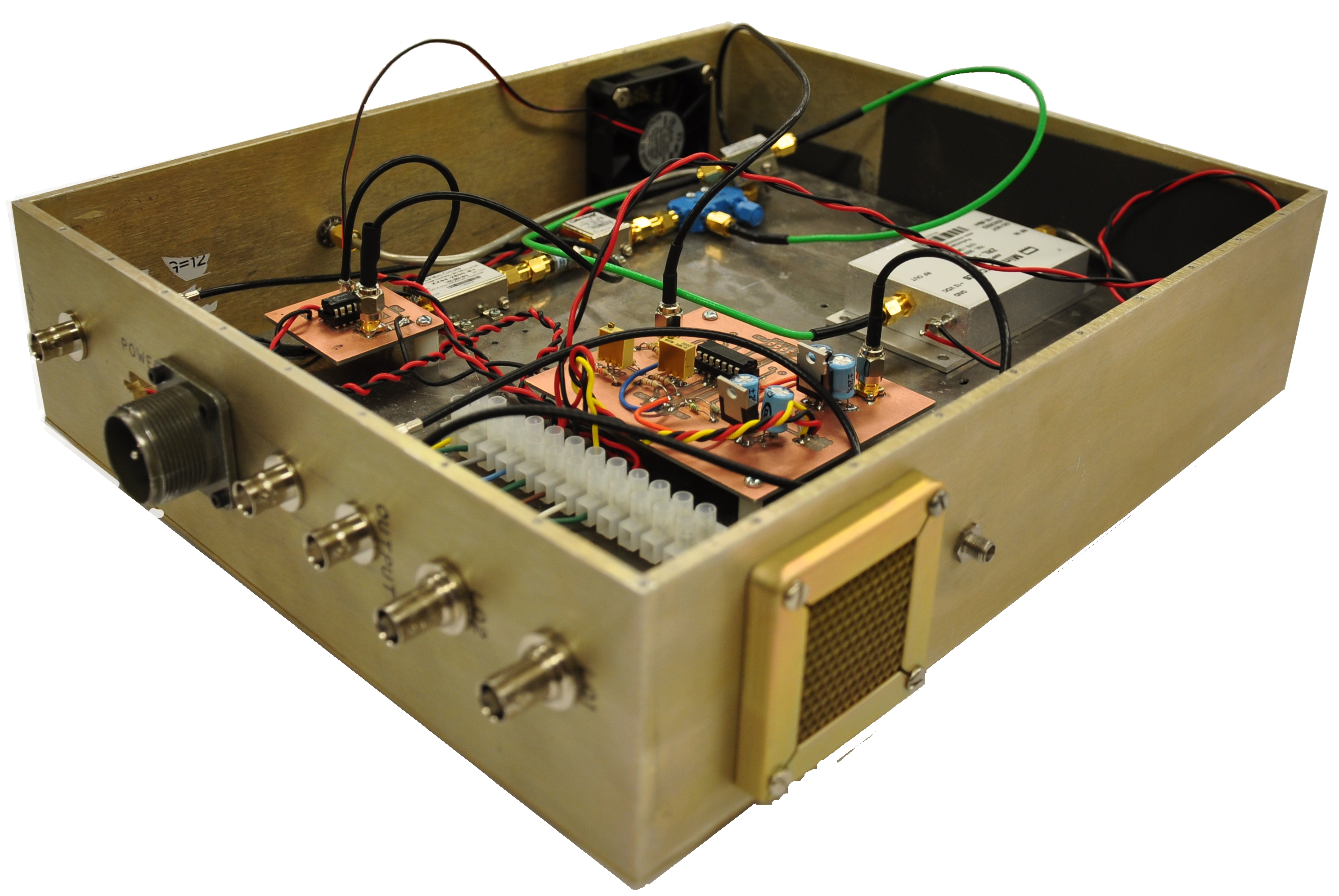
First Place Capstone Award winning through-wall radar hardware.
This coffee can radar system was spun into not only an MIT OCW and IAP course, but also something that has been presented to audiences worldwide. The original prototype coffee-can radar was presented at the 2007 URSI conference in Ottawa.
The derivations of the original coffee can radar system that proliferated have generally been 20x-100x as expensive, with not very much performance gain in my opinion. The radar should cost less than $100 to build.